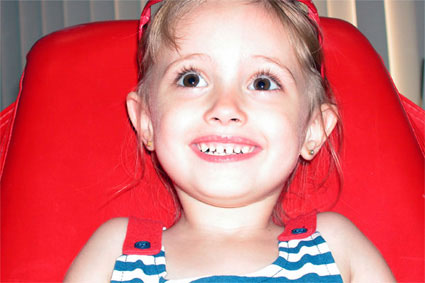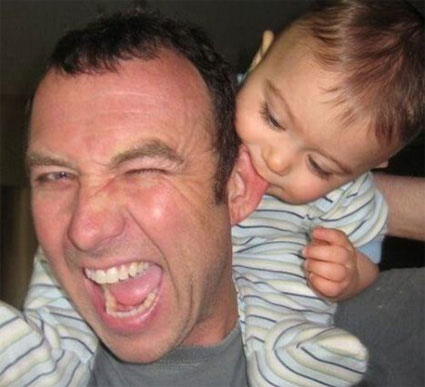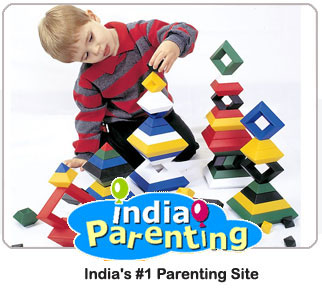Not every child experiences teething problems. The best solution would be to give her something to chew. If the pain becomes unbearable consult a doctor.Usually, babies start
teething after six months of their birth. But some babies may start teething even before that and some babies may not even get their first tooth despite of completing a year. Normally, once babies start teething, they get all of their first teeth by the completion of the first three years. They appear in a fixed order.
What are the common signs of teething in babies?
You will notice that your baby is starting to chew, bite and suck on everything that is around her when she will start experiencing the symptoms of teething. You will also notice that she is drooling excessively. She will put every toy in her mouth while playing. Due to this habit, some germs may enter her digestive system and may also cause symptoms like diarrhoea. But diarrhoea is not necessarily a symptom of teething in babies. The germs that enter her body through her mouth may also cause fever in her. But there is no need to worry. If such symptoms are observed, do bring them to the notice of your doctor. Due to the irritation in gums, she may refuse to eat. She will be cranky most of the times because of irritation in her gums.
Is teething painful for all children
The symptoms of teething often precede the first tooth by as much as two or three months. These symptoms differ from child to child. For some children the teething experience can be
painful, while for others it can be a breeze.
How can I help my baby get through the ordeal of teething?
Give your baby something to chew on. This eases the pressure on the gums and if it is something cold it provides more relief, e.g. a frozen banana, an ice cube wrapped in a clean cloth, a rubber teething toy. You can also rub your baby's gums with your finger. But make sure that your hands are clean when you put them in your baby’s mouth. Give her something cold to drink. This will not only
relieve the pain but replace the fluids lost through excessive drooling. If the pain is bad, give her some medication after consulting your doctor. Do not give any over-the-counter medicines to her. Her mouth will become sticky frequently due to excessive drooling. Therefore, you must keep cleaning her mouth so that it does not result in any kind of skin infection.
In which order do teeth start appearing?
The order in which teeth appear is similar in all babies. The lower incisors or the lower front teeth are the first ones to appear followed by the upper front teeth which are known as central incisors. The lower front teeth appear between the 6 to 10 months whereas the upper front ones erupt anytime between 8 to 12 months. The upper side teeth are the next ones to appear between 9 to 13 months which is followed by the appearance of lower side teeth which erupt within 10 to 16 months of baby’s age.
When the baby attains the age of 16 to 22 months, the upper canines may start appearing and the lower ones will start erupting between 17 to 23 months. The last ones to erupt are the molars. The first upper molars can appear anytime between 13 to 19 months and first lower molar between 14 to 18 months. When baby’s age is between 23 to 31 months the second lower molars may erupt followed by the second upper molars to appear between 25 to 33 months.
As during the teething phase your baby will start putting all the things in her mouth, you must make sure that you maintain cleanliness in your home. You must also keep her toys and other items surrounding her clean and hygienic.































